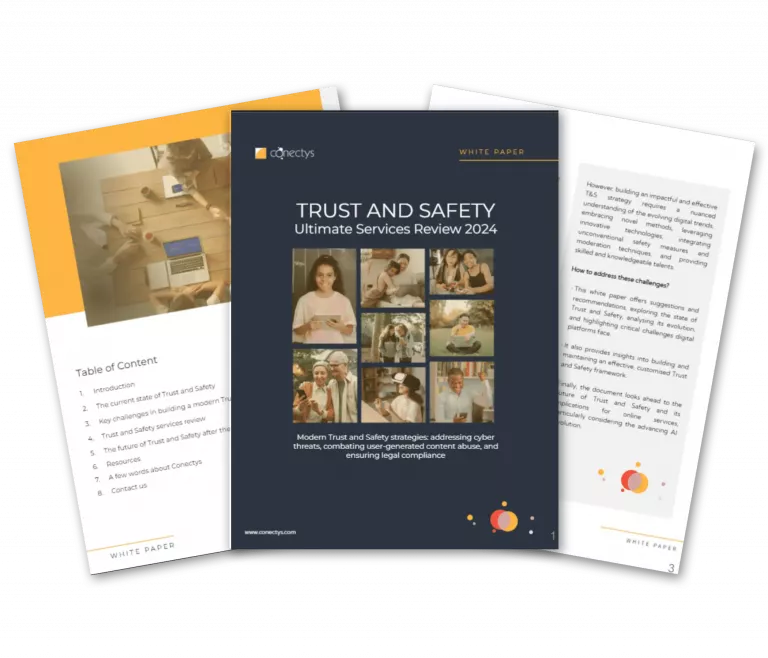What is VoC?
The Voice of the Consumer is a crucial component in a customer-centric CX strategy, serving as a key driver for informed decision-making and continuous improvement. Shifting the focus from aggregate data collection to actively listening to buyer feedback, VoC allows businesses to comprehend customers’ perceptions of the company and brand while pinpointing their expectations and needs.
Why is the Voice of the Customer Important?
VoC helps organisations adapt their CX strategies by aligning with consumer insights. The initiative enhances satisfaction, fosters robust connections, builds loyalty, and increases responsiveness in a dynamic business landscape. VoC also plays a significant role in guiding innovation and staying competitive while shaping and safeguarding the brand’s success.
What are the Benefits of VoC?
VoC programs offer several benefits, including:
- Improved customer retention through a more profound understanding of their preferences and addressing issues proactively.
- Enhanced customer experiences by identifying and resolving issues that contribute to dissatisfaction.
- Strengthened brand reputation by responding to customer feedback constructively.
- Faster resolution of complaints through early detection and prioritisation.
- Driving product and service innovations aligned with customer expectations.
- Boosted revenue through better alignment with buyer demands and needs.
What are the VoC Data Collection Methodologies?
Among the methodologies utilised in the Voice of Consumers, the most common and efficient are:
Surveys and Feedback Forms: These questionnaires are designed to collect specific customer information. They can be conducted online, via email, or in person.
Net Promoter Score (NPS): This metric assesses customer loyalty and satisfaction, measuring how likely buyers are to recommend the company or product to others.
Customer Satisfaction (CSAT) Scores: These scores are derived from surveys asking customers to rate their product, service, or experience satisfaction.
Customer Interviews: These entail one-on-one discussions with customers to gather in-depth insights about their experiences and perceptions.
Focus Groups: This is a moderated discussion with a group of customers, providing diverse perspectives that can be particularly useful for gaining insights into individual attitudes and behaviours.
Monitoring: This is a tracking mentions of the brand, product, or service across various social media platforms.
Analysis: This includes evaluating the data gathered from social media to understand buyer sentiments, trends, and broader market insights.
Support Tickets: They cover analysing the issues and feedback reported in customer support interactions to identify common problems or areas for improvement.
Phone Calls: This task involves reviewing customer service call recordings to gain insights into their concerns, questions, and overall satisfaction.
Mystery Shopping: This undertaking employs individuals to interact with the business as customers and report on their experience. The method helps assess the quality of service and compliance with company standards.
Customer Advisory Councils: This entails assembling a group of customers to provide ongoing feedback about products and services, offering strategic insights from the buyer’s perspective and helping guide long-term improvements.
How to Build a Successful VoC?
Creating a successful VoC involves a well-orchestrated strategy and collaboration across various departments. These include the steps like:
- Establishing a clear vision and objectives.
- Involving all stakeholders across the company, ensuring company-wide participation and buy-in.
- Implementing robust data collection methods that capture a wide range of buyer feedback.
- Integrating and analysing data to derive actionable insights.
- Developing a strategy for acting on the insights gained to improve customer experiences and business processes.
What are the VoC Program’s Best Practices?
Certain best practices should be consistently followed to ensure that the initiative remains dynamic, customer-focused, and aligned with the evolving needs of both the business and customers, ultimately maximising the effectiveness of a VoC program. Best practices for a VoC program should encompass:
- Ensuring continuous and active listening to customer feedback.
- Closing the feedback loop by responding to buyers and showing how their voice leads to changes.
- Aligning VoC data with business goals and customer success metrics.
- Regularly updating and adapting the program based on evolving consumer needs and business objectives.
- Utilising technology to automate and streamline data collection and analysis.


